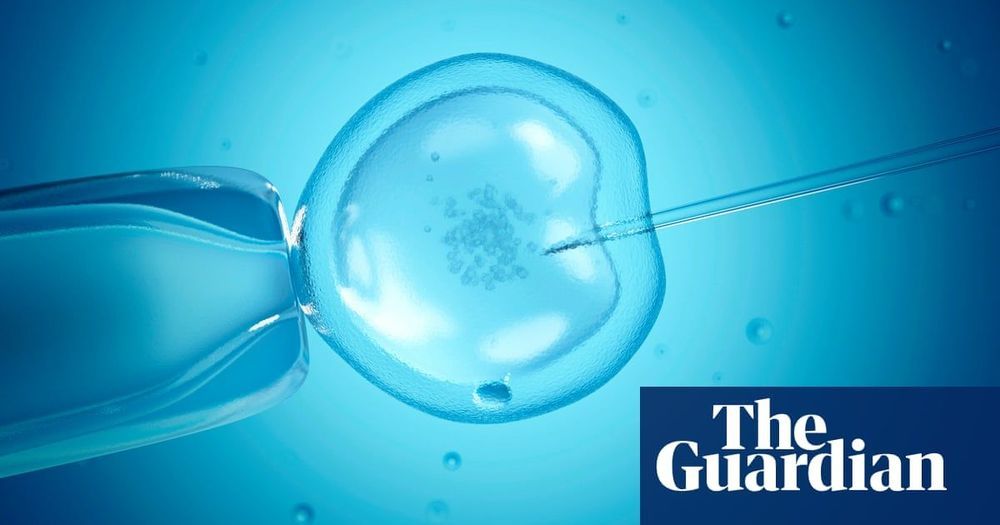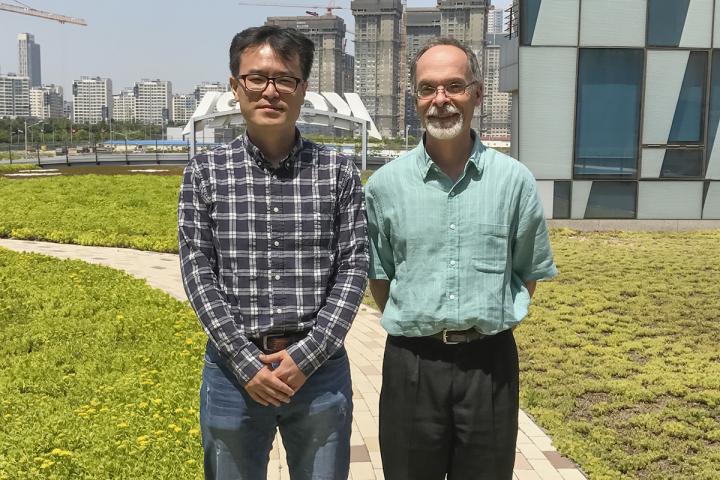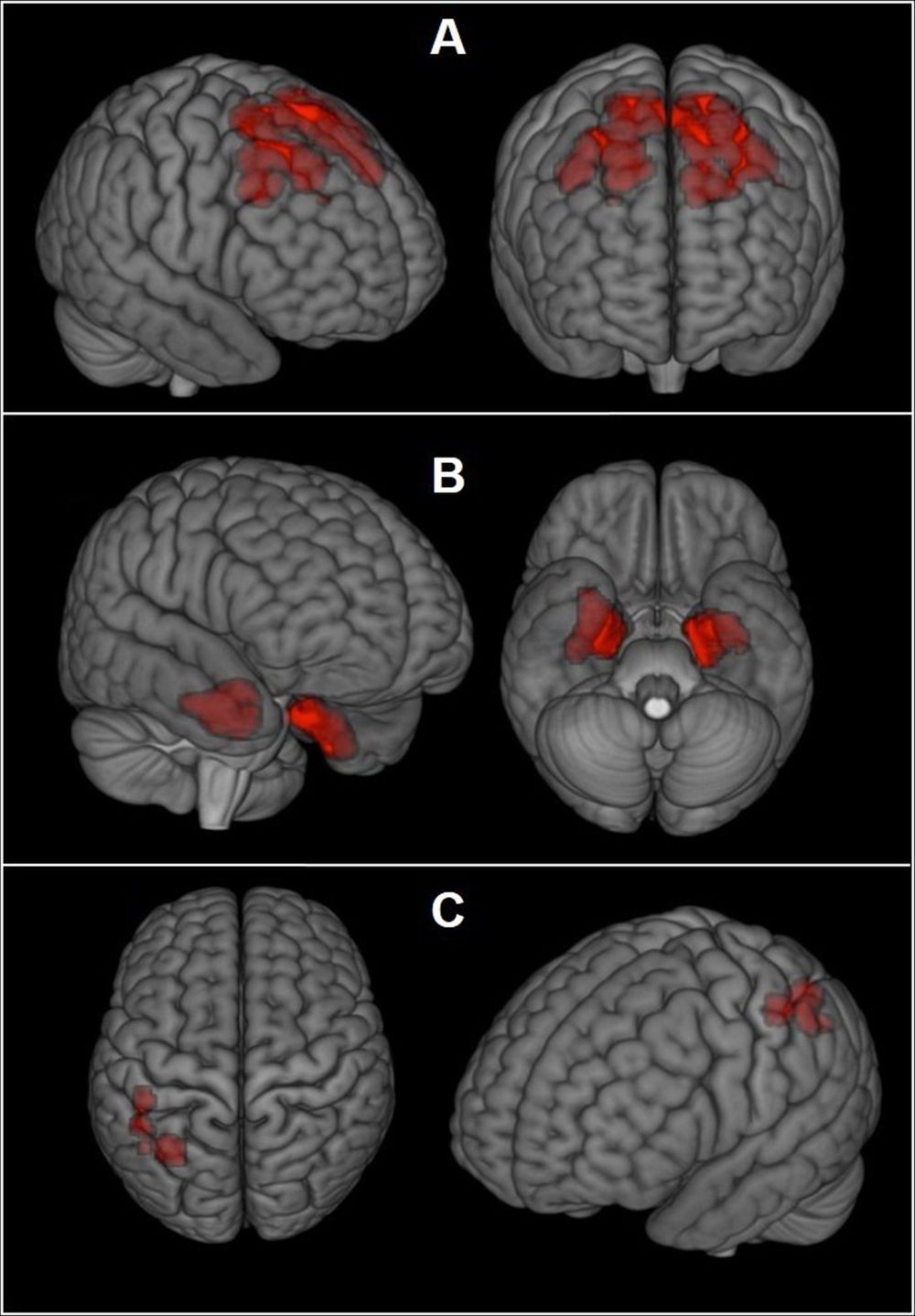Experimental IVF, which involves extra egg from female donor, criticised by UK experts.



‘’Examining how deep disagreements arise will demonstrate the gravity of the issue. Why do we disagree with valid, knowable facts when we all live in the same world, we have roughly the same cognitive abilities and, in the Western world at least, most people have fairly easy access to roughly the same information?
What happens when you can’t agree on the facts?

CHAMPAIGN, Ill. — Bacteria in the human body are sharing genes with one another at a higher rate than is typically seen in nature, and some of those genes appear to be traveling — independent of their microbial hosts — from one part of the body to another, researchers report in the journal Scientific Reports.
The findings are the result of a molecular data-mining method initially conceptualized by Kyung Mo Kim, a senior research scientist at the Korea Polar Research Institute. University of Illinois crop sciences and Carl R. Woese Institute for Genomic Biology professor Gustavo Caetano-Anollés developed the approach with his former student Arshan Nasir, of COMSATS University Islamabad, Pakistan, who is currently a Distinguished Fellow at the Los Alamos National Laboratory in New Mexico.
This computationally challenging method allowed them to identify instances of “horizontal gene transfer,” the direct transfer of genes between organisms outside of sexual or asexual reproduction.


Researchers may be closing in on a way to check athletes while they’re alive for signs of a degenerative brain disease that’s been linked to frequent head blows. Experimental scans found higher levels of an abnormal protein tied to the disease in a study of former National Football League players who were having mood and thinking problems.
It’s the first time a major study has tested these scans for detecting chronic traumatic encephalopathy, or CTE, which is only diagnosed now after death, with brain autopsies.
Doctors are searching for a way to tell when players, veterans or others with concussions or other head injuries are at risk for permanent damage. It’s too soon to know if the scans will enable that — so far they only show that these athletes are different as a group; they can’t be used to say a particular player does or does not have CTE.
Already deployed in over 50 stores around Japan, the VaakEye system constantly monitors security camera footage, detects suspicious activities and alerts staff, who can instantly review the footage and act on it. And the company is getting ready to launch Amazon-style auto-checkout as well.

While Wang’s team was the first in the world to unveil a detailed concept design for an LHC successor, there are three other competing proposals – one in Japan and two from CERN.
One team in Beijing is leading the charge to create the next generation of giant particle colliders to unlock the mysteries of the fundamental forces of the universe.

Nuclear fusion holds untold potential as a source of power, but to recreate the colliding atomic nuclei taking place inside the Sun and generate inexhaustible amounts of clean energy scientists will need to achieve remarkable things. Tokamak reactors and fusion stellarators are a couple of the experimental devices used in pursuit of these lofty goals, but scientists at the University of Washington (UW) are taking a far less-frequented route known as a Z-pinch, with the early signs pointing to a cheaper and more efficient path forward.